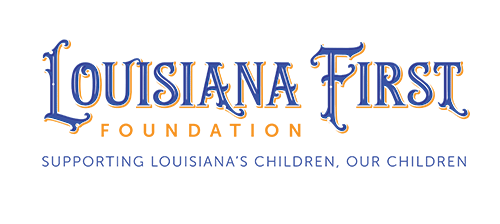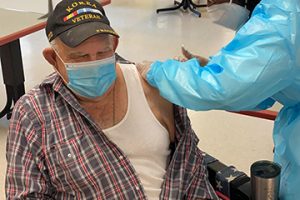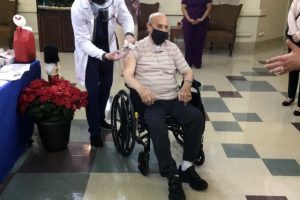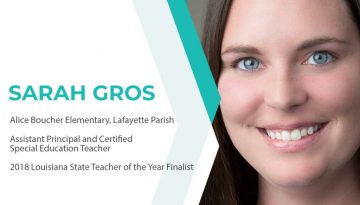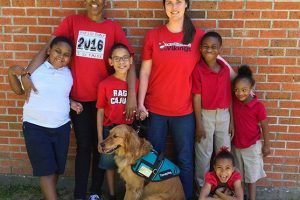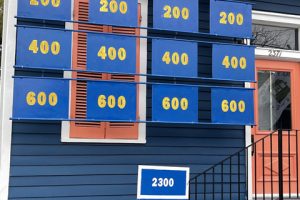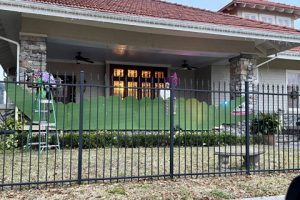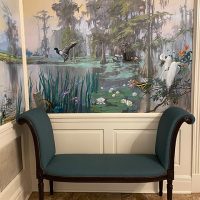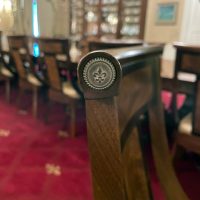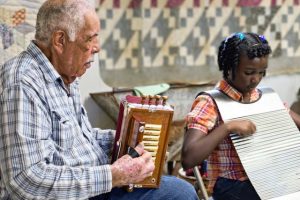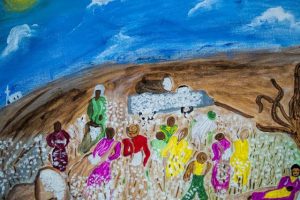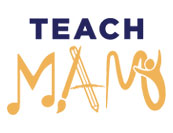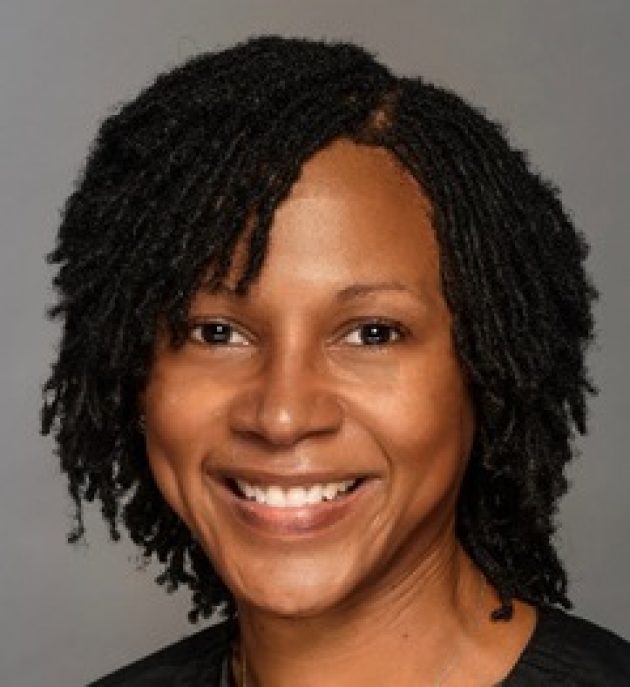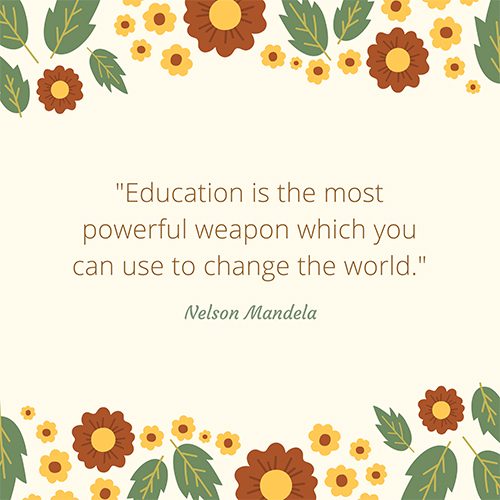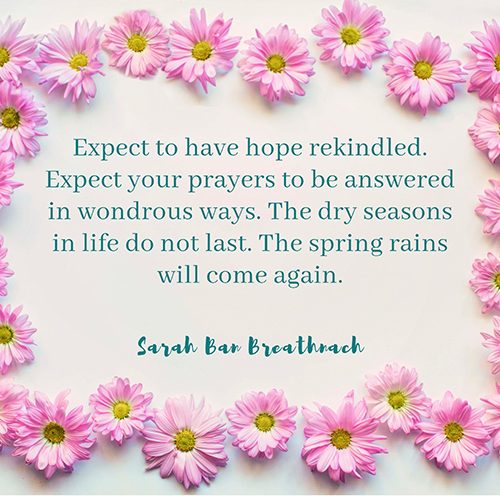“It always seems impossible until it is done” – Nelson Mandela
March 13th took us all by surprise. Public schools in Louisiana closed their doors after the governor signed a proclamation in the hope of slowing the spread of COVID -19. I am a longtime special education teacher and currently an assistant principal. I will share what I saw when the pandemic hit, some positive things that have already occurred, and some things I know will eventually come from this experience.
In March, daily schedules, routines, and schools abruptly changed. At first, there were endless questions, and even with guidance from the Louisiana Department of Education, we, the school leaders, had to find the answers. At first, so many things seemed impossible. In time, however, situations that seemed impossible became possible. These possibilities were especially true in regards to a particular group of students, our special education students.
Most special education students thrive on structured routines. The pandemic, however, unexpectedly interrupted patterns worldwide. As adults, stress and anxiety levels rose throughout the pandemic, and this only intensified for our special education students who are still learning coping strategies. Whether participating in face-to-face instruction or distance learning, students learn how to manage new routines, including flexibility and how to cope with unscheduled change.
As special education teachers, we want to give our students the world. When I was a special education teacher, I incorporated a sensory room and therapy dog into my classroom. I wanted my students to have access to a sensory room because sensory rooms can help special education students with auditory, vestibular, and tactile needs. The purpose of a sensory room is to calm overstimulated students, engage students who are disengaged, increase cognitive/physical/ social/emotional growth, and reward positive behavior. Sensory rooms provide students with centered sensory experiences that facilitate sensory regulation, sensory awareness, relaxation, and focus. For example, an energetic student with a high arousal level benefits from rhythmic linear swinging or heavy theraband exercises for “heavy work” activities to calm and focus.
In contrast, a student who presents with low energy or lower arousal level benefits from trampoline jumping or crawling in a sensory tunnel to help alert the student for learning. All of the exercises directly affect the vestibular system and proprioceptive system (positioning in space), affecting mood and arousal levels and allowing for self-regulation to occur. Even though sensory rooms tailor towards individual student needs, some staple sensory room equipment includes a platform swing, bubble tube, fiber-optic lighting, tents, ball pit, and sensory bottles/tubs. As a Sped teacher, I also brought a therapy dog named Roux into the classroom to support my students’ academic, emotional, and social needs. Therapy dogs in the school setting have shown to increase empathy, motivation, confidence, mood, and interest in literacy, language, gross motor skills, attention to task, and acceptance of social interactions. Although I am not a special education teacher today, the Sped teachers at our school, and others elsewhere, I am sure, employ similar strategies to help meet their students’ needs.
During this pandemic time, things look different in the world of a Sped classroom, however. Some students are learning on campus, and others are learning from home. Even for those students who are not on campus to experience the benefits of a sensory room or therapy dog, teachers are still making an incredible difference. Educators are uniting to create a positive impact on their students. Teachers are innovative problem solvers in nature. Even though some of our students are home completing distance learning, teachers have found ways to make impossible situations possible for our students in the special education program. For example, educators have a unique opportunity to Zoom into the homes of our students. This opportunity allows the teacher and speech and language therapists, occupational therapists, physical therapists, and adaptive physical education teachers a chance to involve the entire family. Zooming also helps address needs in the home, not just at school. Zooming into our students’ homes allows for a heightened platform of family education focusing on students’ specific needs. Many special education students (especially in elementary) require significant support at home to complete distance learning.
Some special education students may find learning through an online platform isolating without typical social interactions between peers. However, even with technology glitches, there is always a positive. School systems, administrators, and special education teachers have put many things in motion to assure students’ needs are met during the pandemic. Some of these things include providing 1:1 devices for students, confirming students are on the correct educational platform to meet students’ individual needs, and ensuring all students have access to the internet. School systems and special education teachers have worked hard to make sure special education students have appropriate accommodations, related services, and assistive technology. School systems and administrators solidified safety plans, professional development, and meal programs for students. Special education teachers worked with students and their families to help students adjust to new routines and sensory needs, such as wearing a mask. Even though it has been a difficult road for many of our students, it has been a priority for educators to keep special education students fully active in their education and parents fully informed. The outcome has been a positive one.
At the start of the 2020-2021 school year, no one could have envisioned the year turning out as it did. In March 2020, life, as we knew it as educators, changed, and it was hard. It was hard for teachers, school leaders, students, and families. Life as we all knew it changed, and it was hard at first for everyone to adjust. Educators, being the perserverers that we are, leaned on our professional training. Through working together, we began to make what at first seemed impossible start to become possible. Through it all, I’ve learned many things. One thing that stands out to me is that our students are determined, intelligent, and resilient, and our teachers are true heroes. In March of 2020, many things seemed impossible. However, in February 2021, I see new opportunities emerging for our special education students through their newly acquired skills.
